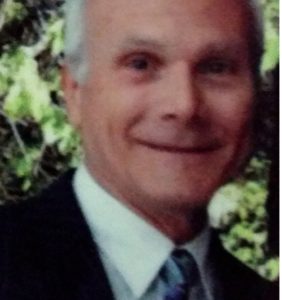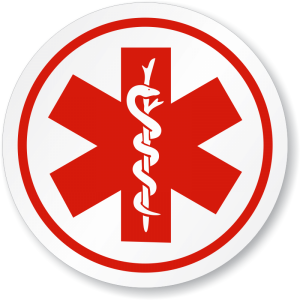This course is approved for 6 CEUs for chiropractors.
Course Description:
The “It’s All in Your Head” seminar provides an in-depth study of cranial techniques, offering participants a comprehensive understanding of the anatomy, physiology, and clinical application of cranial mechanics. This seminar explores the historical evolution of cranial therapy, the causative factors that contribute to cranial faults, and their connection to neurological and musculoskeletal dysfunctions. The course is designed for professionals looking to deepen their knowledge and skills in cranial therapy and its practical applications for improving neurological and musculoskeletal health.
Key Topics Include:
- Anatomy and Physiology of the Dura Mater – Gain a solid foundation in the critical role of the dura mater in cranial function, its anatomy, and its physiological significance in cranial therapy.
- History of Cranial Mechanics – Trace the development of cranial techniques through the works of notable pioneers including:
- W.G. Sutherland, DO: The Cranial Bowel
- John Upledger, DO: Cranial Sacral Therapy
- Major DeJarnette, DC: Sacro Occipital Technique
- George Goodheart, DC: Applied Kinesiology
- Causative Factors for Cranial Fault Formation – Examine the environmental and physiological factors that contribute to cranial dysfunction:
- Walking or running patterns
- Trauma and injury
- Postural habits and imbalances
- Temporomandibular dysfunction (TMD)
- Cranial Faults Associated with Neurological Disorganization (K27 Switching) – Understand the connection between cranial faults and neurological disorganization, commonly referred to as switching to K27.
- Cranial Faults and Cross (K27): Neurological Disorganization or Brain Stem Switching – Study the impact of cross-pattern faults on the brain stem and neurological pathways.
- Modular Skeletal Distortion (Roll-Pitch-Yaw) – Explore the Roll-Pitch-Yaw distortion pattern, which occurs in up to 90% of patients, and its clinical relevance to cranial therapy.
- Comprehensive Review of Standard Cranial Faults – Delve into a detailed exploration of common cranial faults, including:
- Inspiration and expiration assist faults
- Sphenobasilar inspiration and expiration faults
- Glabella, temporal bulge, parietal descent, and frontal fault (internal and external)
- Nasosphenoid fault
- Universal fault
INSTRUCTOR:
Dr. Paul Sprieser, DC, DIBAK, has been a practicing chiropractor since 1969. In 1983, he became a Diplomate of the International College of Applied Kinesiology and since then, has been teaching healthcare and dental professionals (as well as veterinarians) about Applied Kinesiology and other topics. For years, he often co-lectured with the founder of Applied Kinesiology, the late George Goodheart.
Dr. Sprieser has been involved in clinical research in the areas of AK, learning disabilities, TMJ dysfunction and general health problems for over 30 years. He has published over 80 papers and is awaiting publication of a book for the general public on Applied Kinesiology.
CONTINUING EDUCATION APPROVALS:
This course is approved by the NJ Board of Chiropractic Examiners; The Institute for Continuing Education is an Approved Provider/Sponsor. It is also approved for chiropractors in states that accept PACE because The Institute for Continuing Education is recognized by the PACE Program of the Federation of Chiropractic Licensing Boards.





